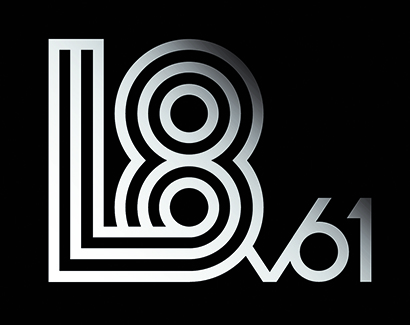
The last time PLSN checked in with previz experts L8 was two years ago when they introduced their incredible lifelike beams that brought photo-realistic renderings to life. Through the use of moving elements such as stages, trusses, performers and LED screens, the program was able to emulate anything out there in size, including futuristic models of major entertainment contests.
L8 continues to amaze with every new version. In 2020 — their 60th – the company advanced with paperwork and modernizing their special effects library. Water, fire, snow, all kinds of smoke and pyro have long been offered with L8. After listening to clients, they have since added scenic materials and mirrored devices such as the Claypaky Reflexion, and light reflection is now incorporated.
As promised in an announcement about their Product Sales and Support Strategy in early 2019 (www.plsn.me/L8-news), this new version is available to all L8 users without any subscription fee. L8 offers various Feature Packs to unlock some of the new advanced features of v61, but the main core is open to everyone.
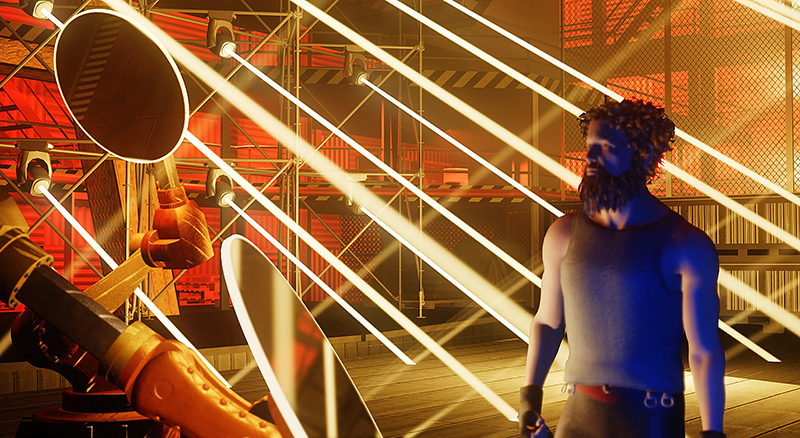
The most revolutionary features of version 61 are:
- Effect of camera focus based on a physical depth
- Effect of physical material on blur/ripple in mirrors
- Light emission (direct illumination) from any 3D object with video texturing and DMX channels mapping
- Light reflection (indirect illumination) of gobo and beams
- Scaffold library with all physical snapping
For this Road Test, we show you by example a visualization project made in L8 v61 by Sandro Koridze, a well-known show designer and advanced L8 user from Ukraine.
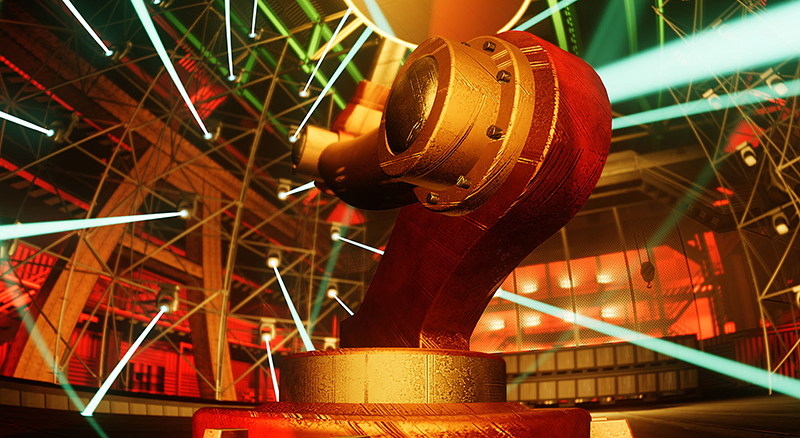
Adjusting the focus from “near” to “far”
Effect of camera focus based on a physical depth. With the camera focus set to “near,” the robot in the image above is in sharper focus than the background elements.
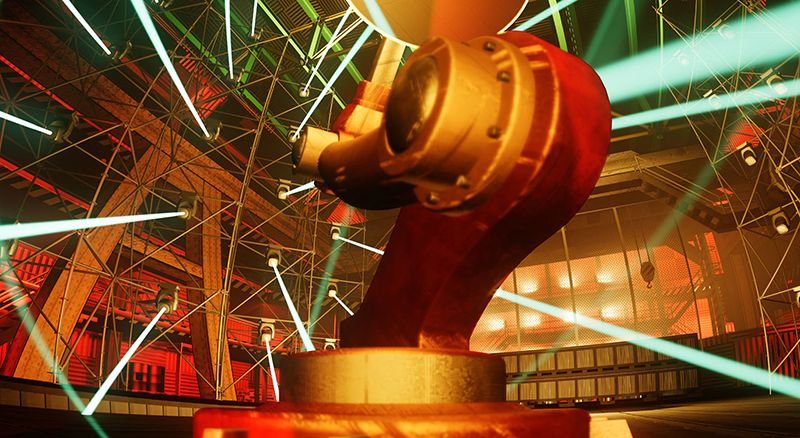
For the second image (above), the camera focus is set to “far.” This shows how camera focus control can help give incredible realism to a scene.
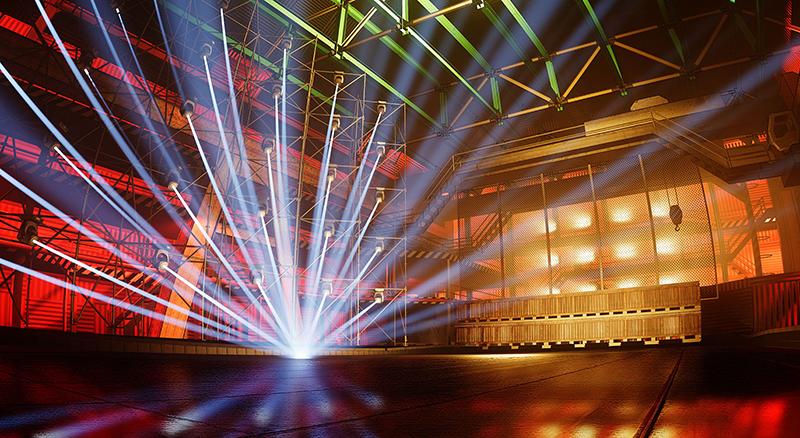
Effect of physical material on blur/ripple in mirror.
Even with 20 Sharpys pointed and reflected from one mirror (above), the program does not present a blurry mess to the eye.
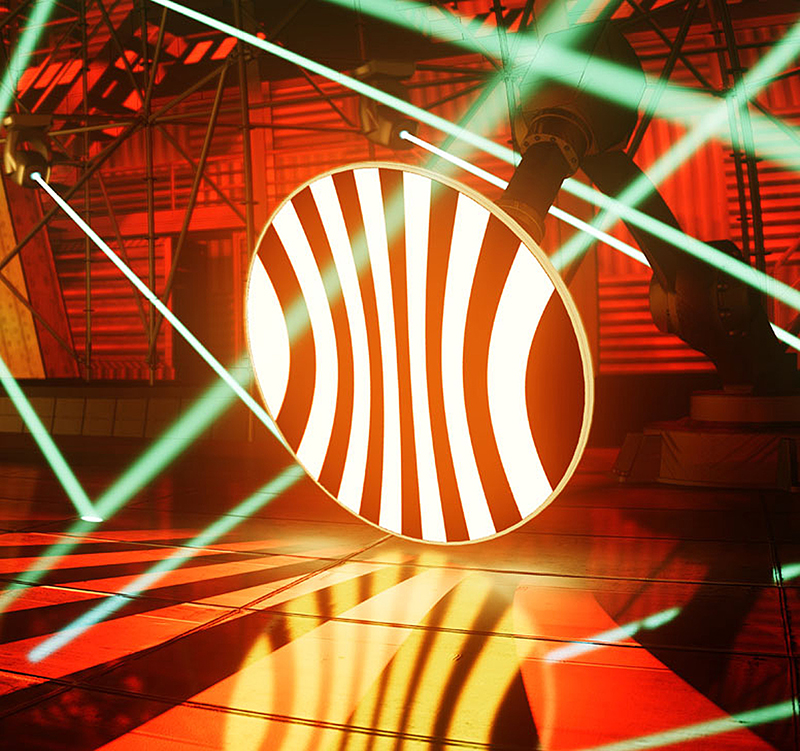
Light emission (direct illumination) from any 3D object with video texturing and DMX channels mapping.
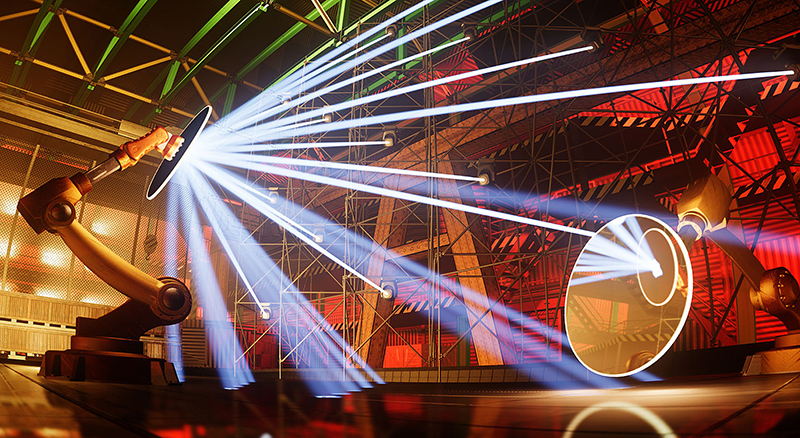
Light reflection (indirect illumination) of gobo and beams
Even beams with a prism or a gobo inserted can reflect accurately off of the mirror shown here.
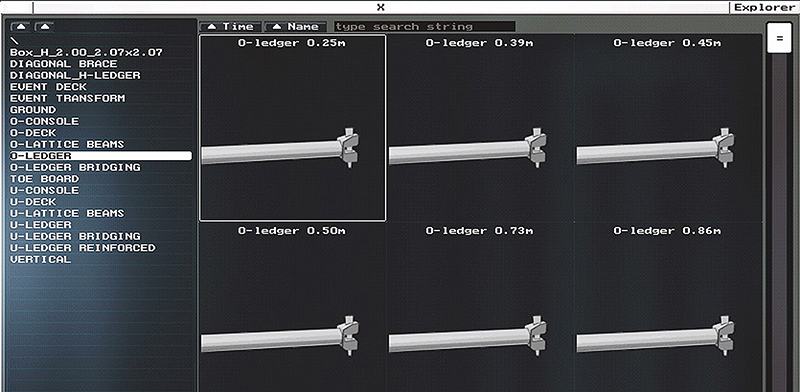
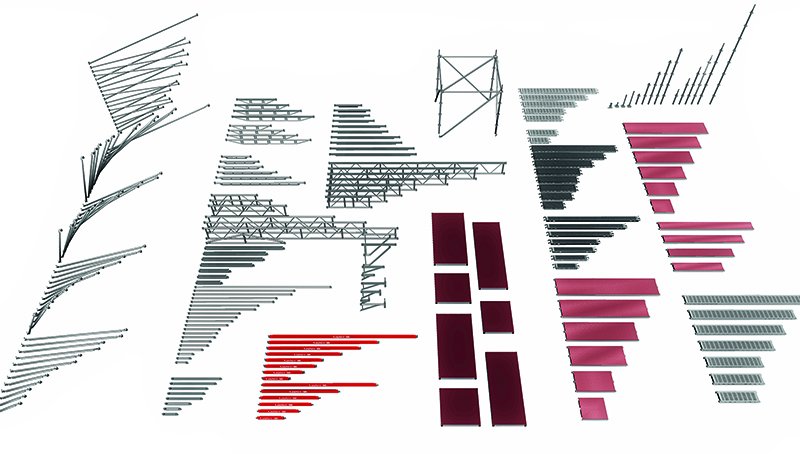
Scaffold library with all physical snapping
You will notice the light beams hung on scaffolding in the renderings. Along with the scaffold library, L8 v61 also contains physical connection points for objects, allowing users to build structures very quickly.
All the capabilities of the L8 visualizer can be summarized in the table below:
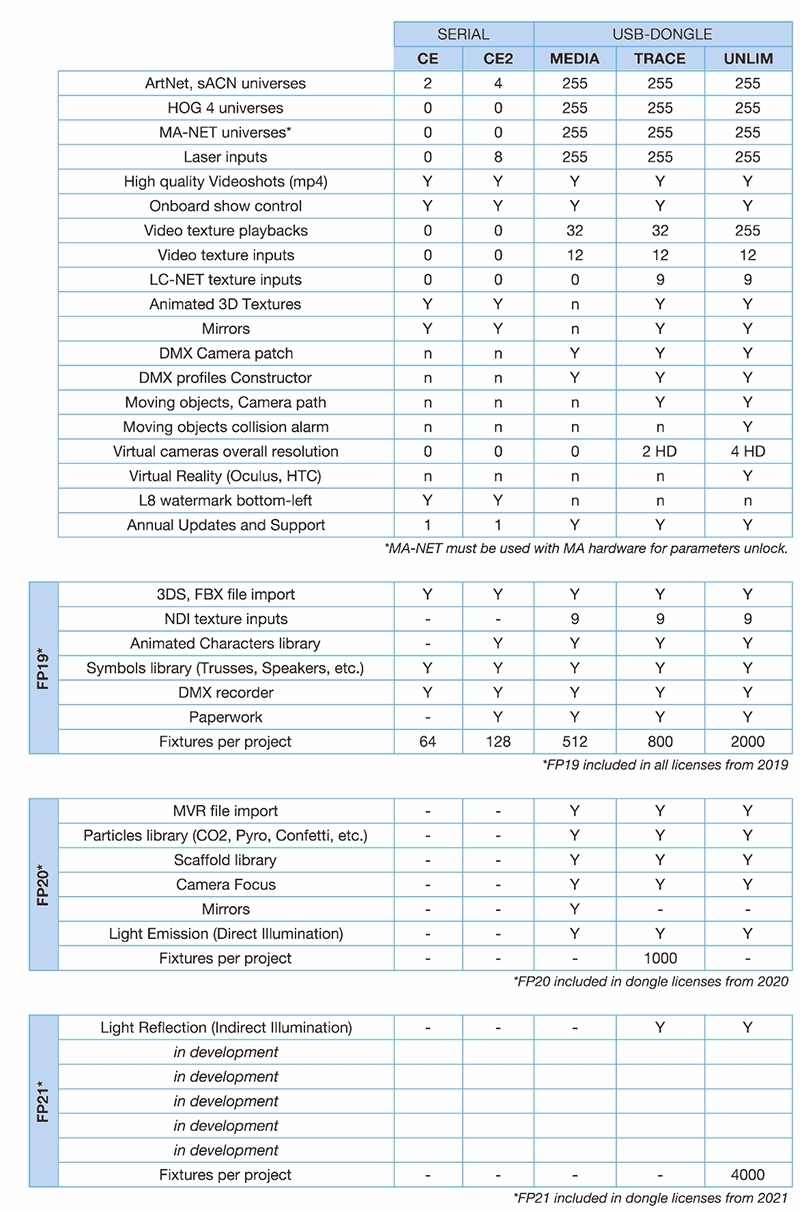
For more information, visit www.l8.ltd
For a PDF of this Road Test, CLICK HERE


